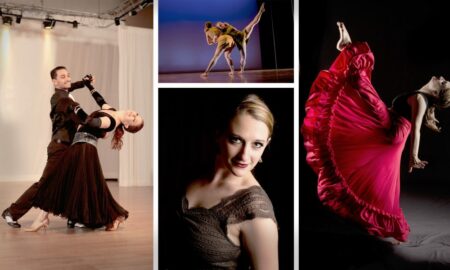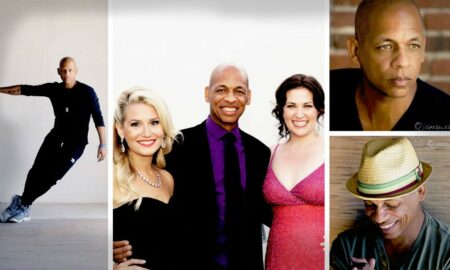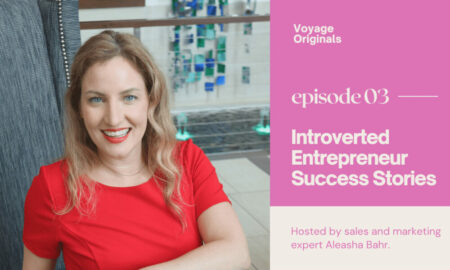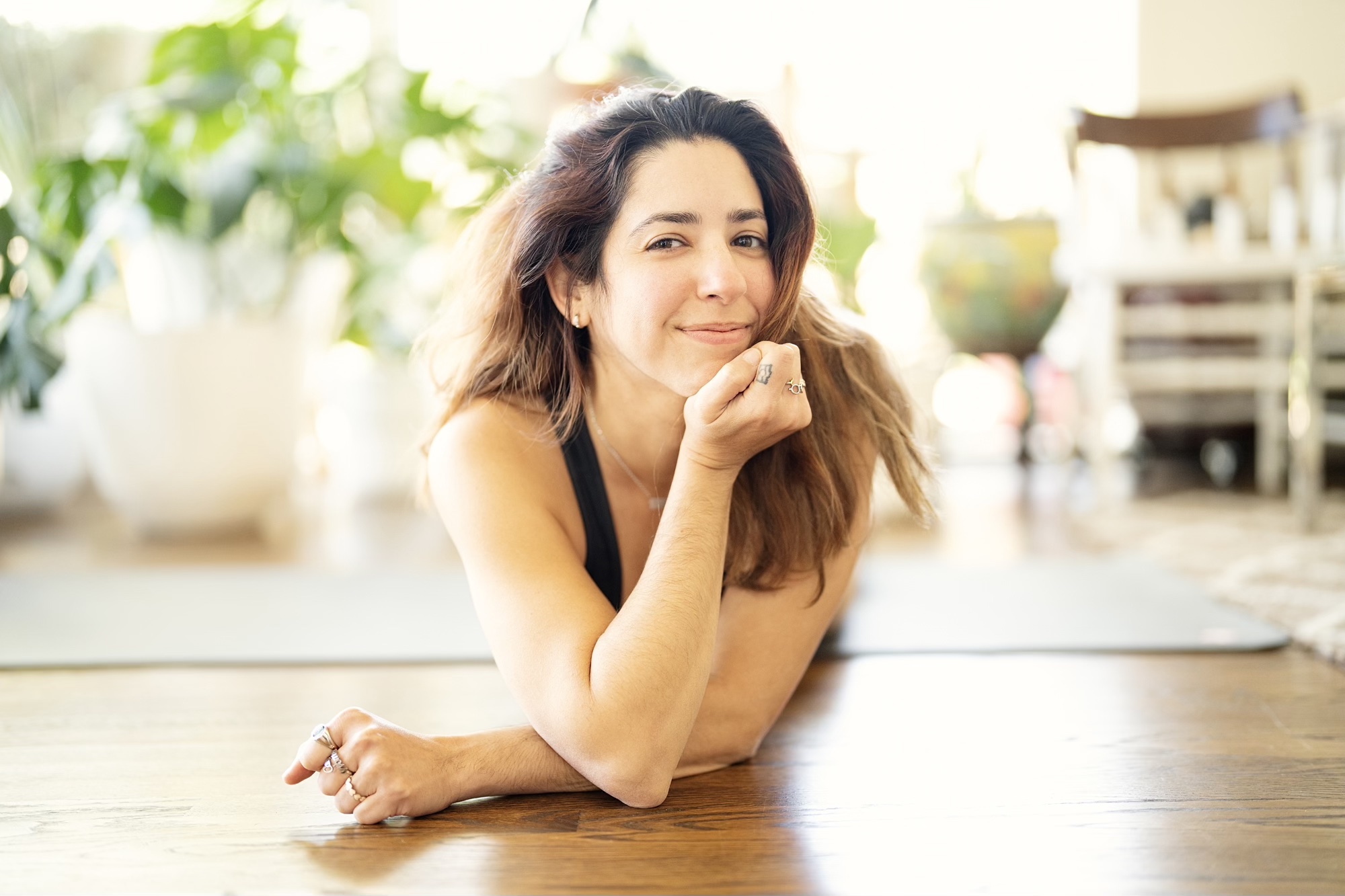

Today we’d like to introduce you to Angelica Perez-Castro.
Hi Angelica, so excited to have you with us today. What can you tell us about your story?
Long story short, I’ve always been an artist. Growing up, I was focused on drawing and painting. My parents recognized my talent early on and enrolled me in art classes to help nurture it. Over the years, my creative path kept evolving. I eventually pursued graphic design, and through that, I fell in love with black-and-white photography and the darkroom process. Working with people, staying active through tennis and running, and exploring different environments naturally led me to the camera.
Photography was really the stepping stone that pushed me toward cinematography. Initially, I considered animation, and while I enjoyed it, it didn’t excite me the way camera work did. While working as a graphic designer, I made the decision to apply to film school in the U.S.
I moved from Puerto Rico to Atlanta to immerse myself in the world of film. I didn’t know anyone in the industry, and I’m the first in my family to pursue a career like this, so film school felt like the clearest path forward. I attended SCAD (Savannah College of Art and Design) and from day one, I told everyone I was a cinematographer. Throughout my time there, I learned by trial and error—experimenting with lighting, and gaining hands-on experience in writing, producing, editing, and more.
I knew I wanted to be around cameras, so I asked for an internship at Panavision Atlanta—and got it. That opportunity led me to a camera intern role on a Christmas movie with Danny Glover, where I learned a great deal from DP Larry Blanford and the rest of the camera crew.
After graduating from SCAD, I dove into Steadicam. While building my portfolio and taking on assistant camera jobs, I was also logging hours as a Steadicam operator and DP. Today, I work on both union and non-union projects as a camera operator and director of photography.
I’m sure it wasn’t obstacle-free, but would you say the journey has been fairly smooth so far?
No matter what path you take in the film industry, it’s rarely smooth. There are always obstacles and challenges along the way. Cinematography, in particular, remains a male-dominated field. While more women are entering camera departments, progress is still slow—and often comes with the burden of constantly having to prove we belong.
Whenever I work as a Steadicam operator or DP, I often hear comments like, “Wow, the camera’s bigger than you,” or “I’ve never seen a woman in your position,” or even “You’re my hero.” While some of these are meant as compliments, they’re also a reminder of how rare it still is to see women in these roles—and how much scrutiny we can face compared to our male counterparts.
It’s not easy. Even with a strong work ethic and a commitment to pushing myself, moments of self-doubt still come. But I’ve learned that training during downtime and always staying ready is key—because preparation is what allows opportunity to become success. And if my journey inspires other women to pursue cinematography, that’s one of the most meaningful rewards.
Alright, so let’s switch gears a bit and talk business. What should we know about your work?
I work as a Director of Photography and Steadicam operator across a wide range of projects—narrative, commercials, documentaries, live events, and more. I frequently operate for other DPs, but I also love to operate when I’m the cinematographer. Being behind the camera puts me close to the action, the actors, and the heart of the story. It allows me to see everything, feel the rhythm of a scene, and know when a shot truly resonates. That emotional connection is why I choose to operate.
I tend to build a strong rapport with actors—they’re often more comfortable when I’m behind the camera, which fosters a more grounded, collaborative environment. I think that’s something that sets me apart: I’m there to create a compelling visual story, but always with safety and respect in mind.
Creating a positive set environment is essential to me. I strive to be the kind of leader that people want to work with—someone who inspires and supports, not intimidates. I’ve seen too many large sets where egos take over and people are yelling unnecessarily. I want to break that trend. The best work happens when everyone feels safe, respected, and excited to contribute.
Do you have any advice for those just starting out?
My advice is to feed your creative eye—try things out and see what really resonates with you. I’ve been asked about becoming a cinematographer or a Steadicam operator, and the truth is, some people like the idea of a role more than the actual experience of doing it. It’s important to explore and be open to the possibility that what you think you want may not turn out exactly as expected—and that’s okay.
One of the best pieces of advice I ever received was to just shoot as much as possible. It was simple but powerful, and I always pass that on. If you want to pursue cinematography, you need to build a portfolio and develop your visual language. Your creative eye evolves over time, especially if you nurture it—through shooting, of course, but also by going to museums, traveling, and experiencing life. Inspiration comes from everywhere.
It’s a cliché to say “never give up,” but filmmaking is truly a rollercoaster. If you’re in it for the long haul, you have to stay committed through the ups and downs. Some people get lucky and meet the right collaborators early on—but for most of us, it takes time. One thing I wish someone had told me when I was starting out is to be patient. Especially now, as the industry continues to shift after the pandemic and recent strikes, patience and persistence are more important than ever.
Contact Info:
- Website: https://www.angelicaperezcastro.com
- Instagram: https://www.instagram.com/camerawoman_apc
- Other: https://www.imdb.me/angelicaperezcastro
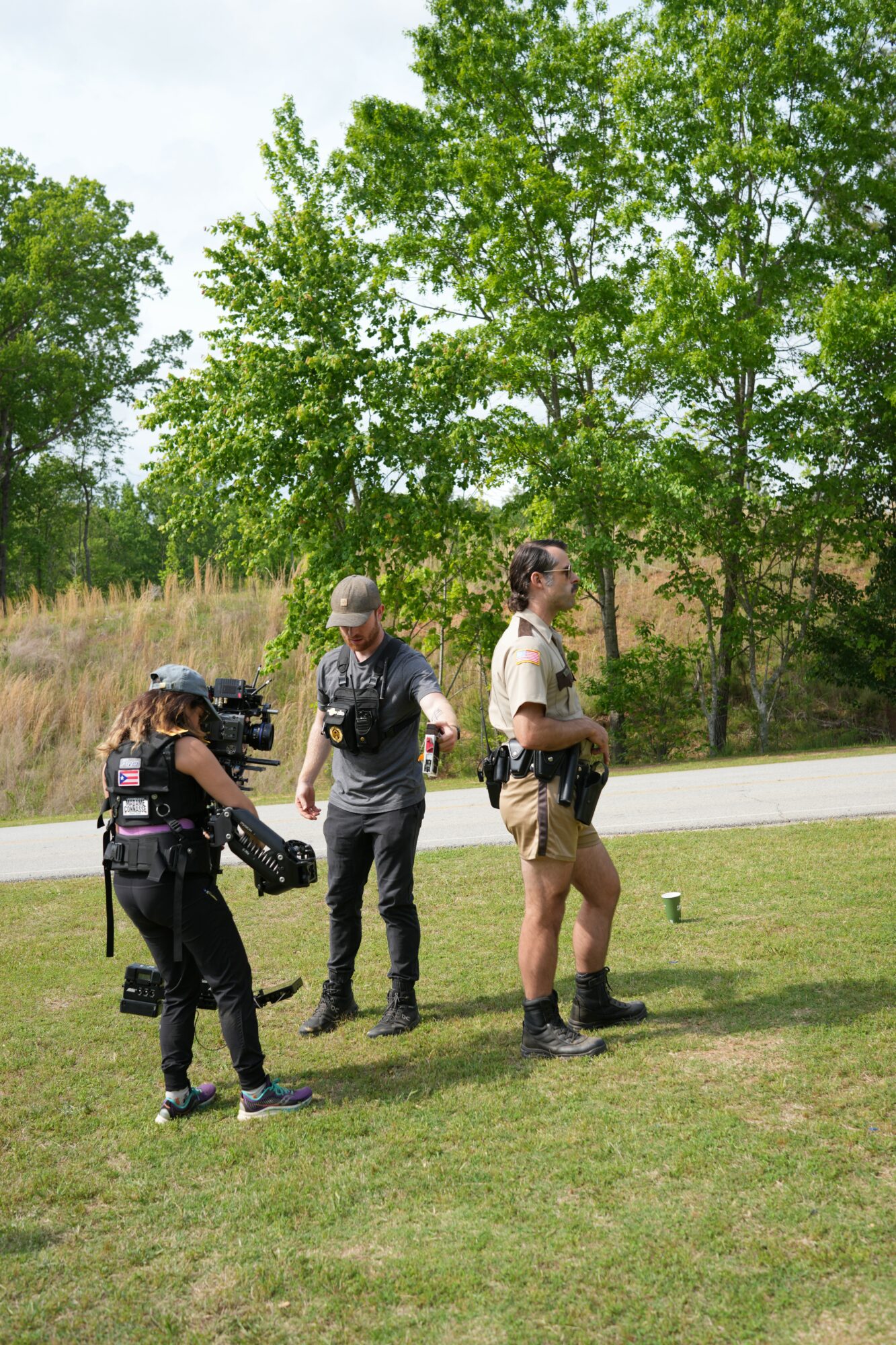
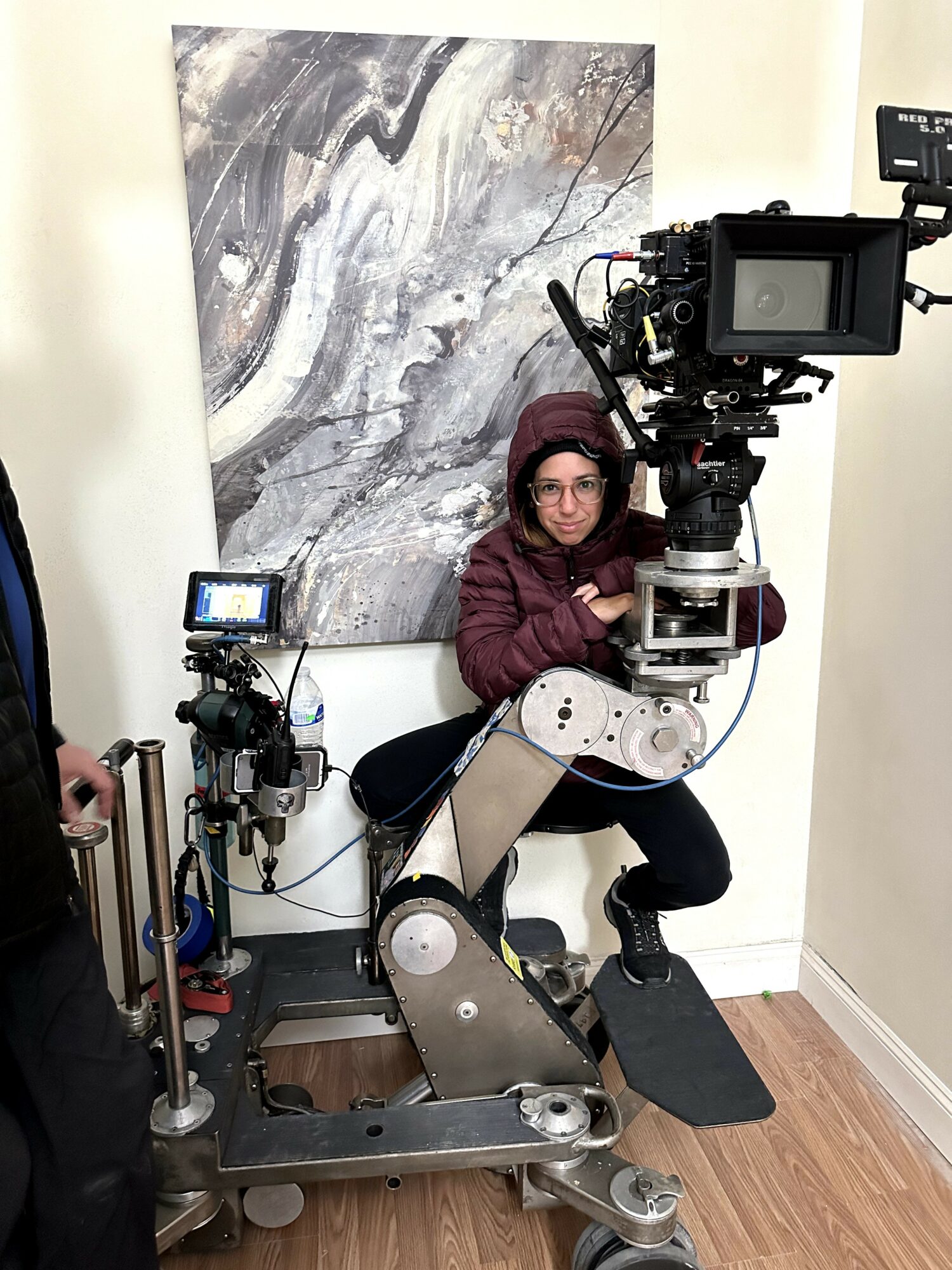


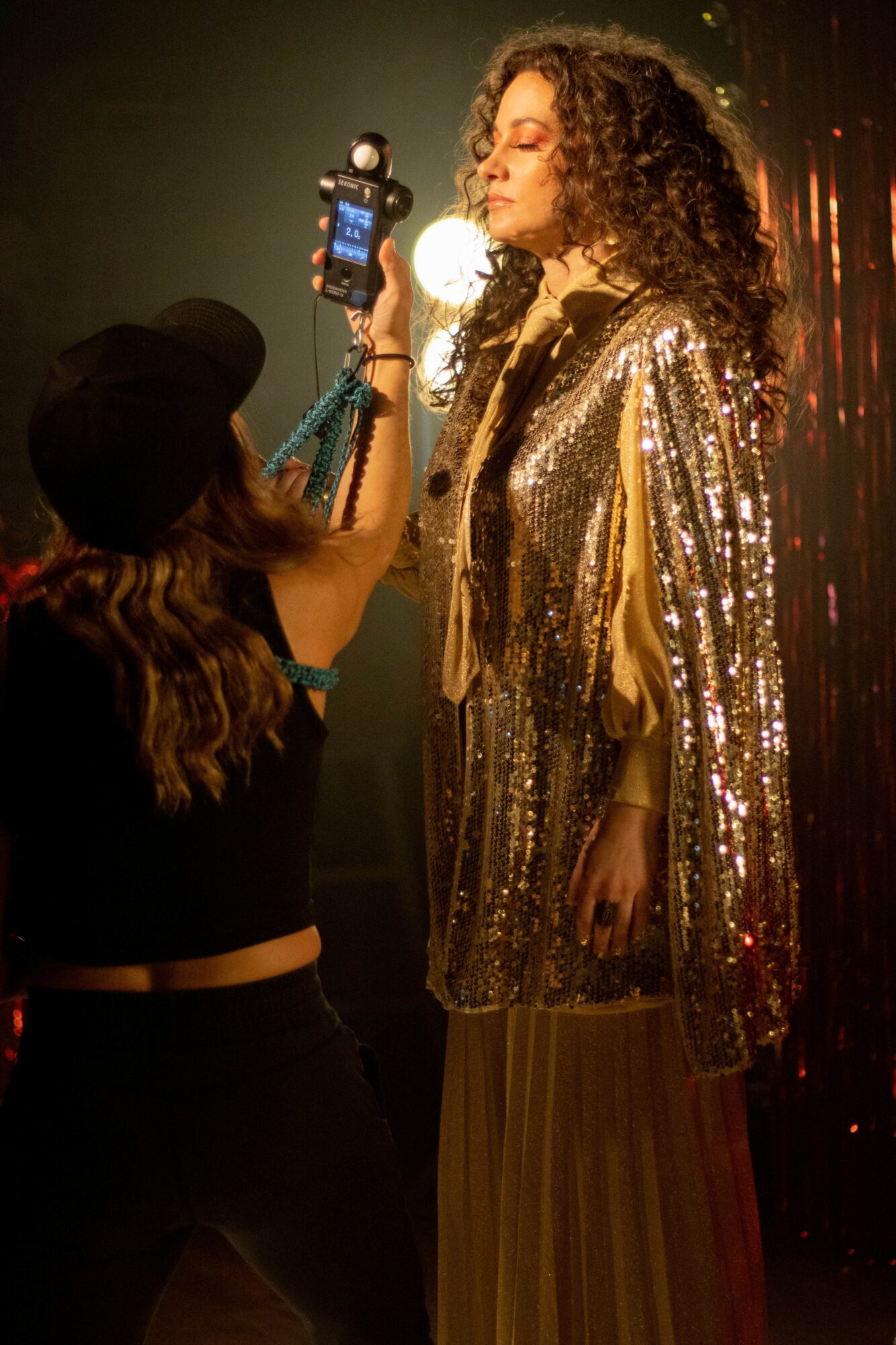
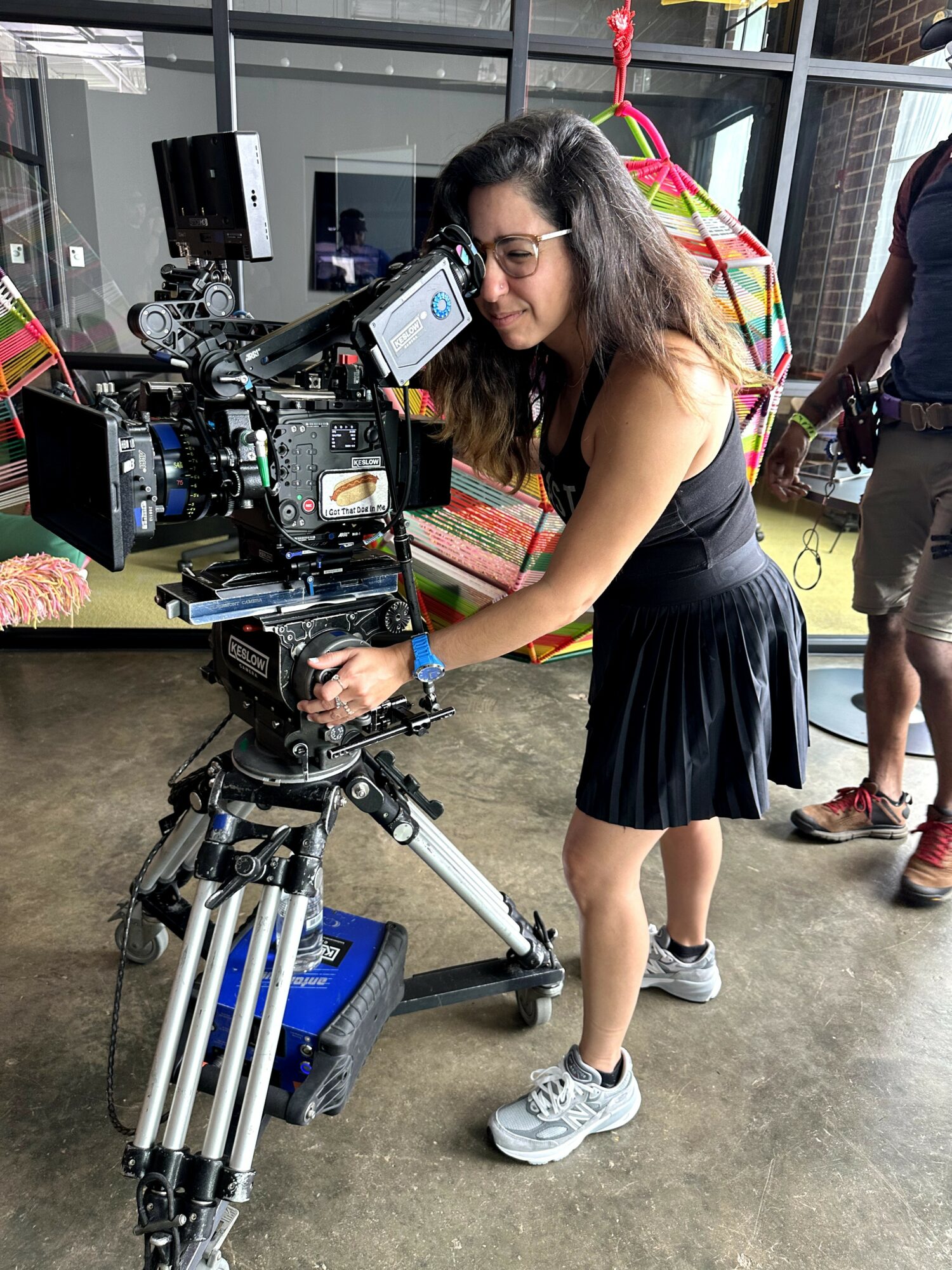


Image Credits
Curtis Baker, Minnie Dosh, Tracy Page


